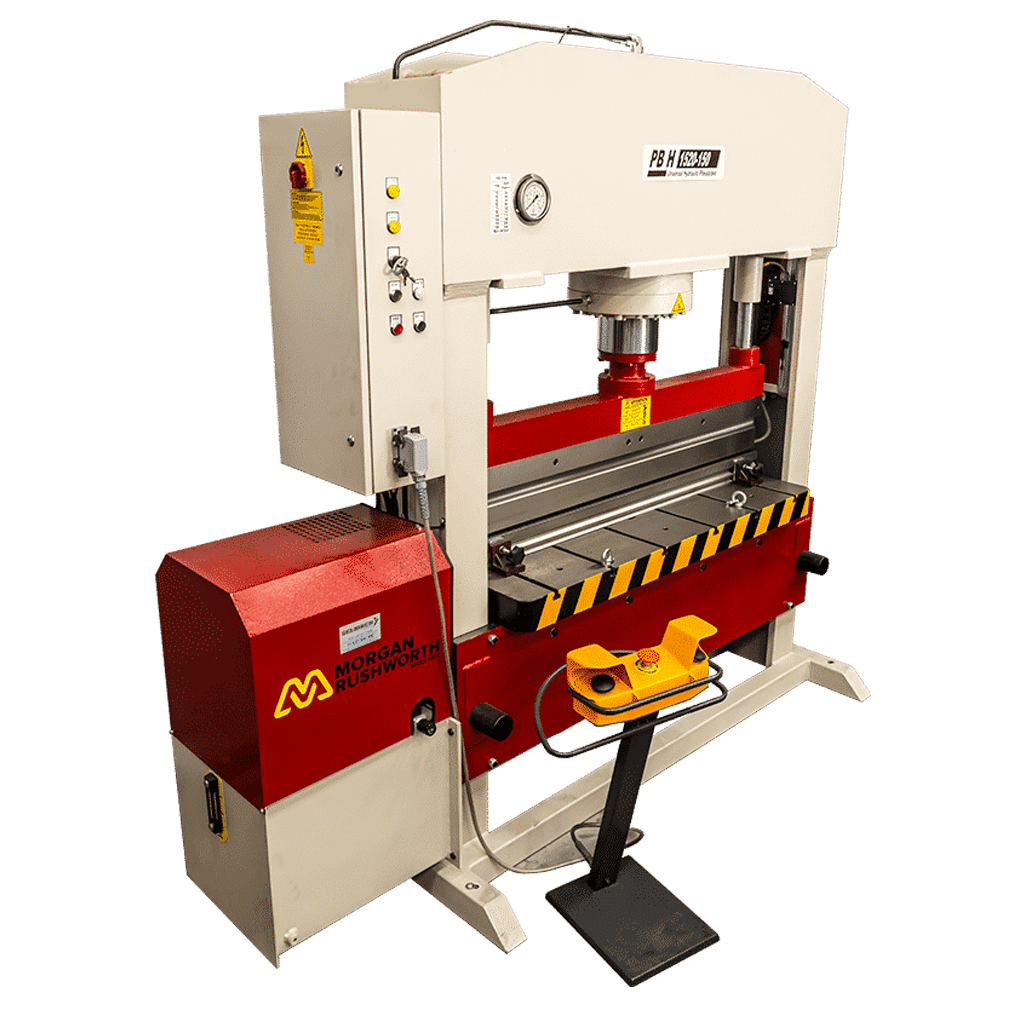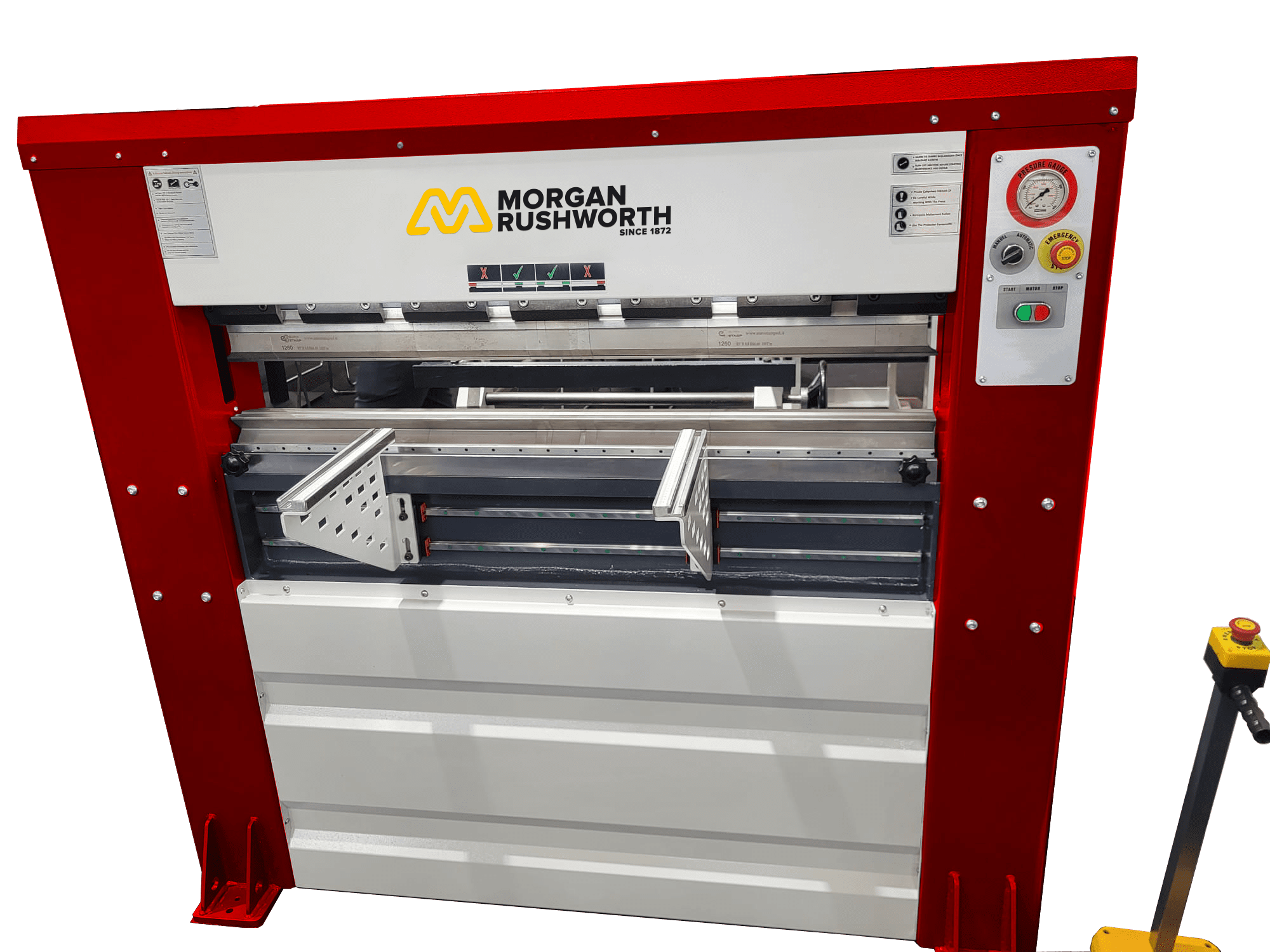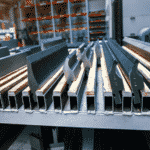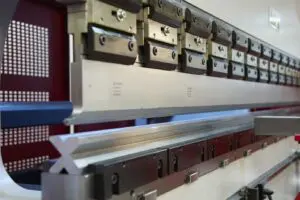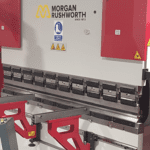Explore our cost-effective press brake folding systems, designed for precision, reliability, and efficiency. Whether you need a torsion bar press brake for consistent, accurate bending or a synchronised CNC press brake for advanced fabrication, our range caters to all sheet metal processing needs.
CNC Press Brake Machines
From hydraulic press brakes to cutting-edge servo-electric and hybrid models, we offer solutions that enhance productivity while keeping operational costs low. Whether you're looking for fast, accurate bracket folding, intuitive programming, or an eco-friendly machine, we have the perfect press brake to fit your workshop. With compact models for small-scale operations to high-tonnage press brakes for heavy-duty manufacturing, our selection ensures you get the ideal machine for your application—without compromising on affordability.








